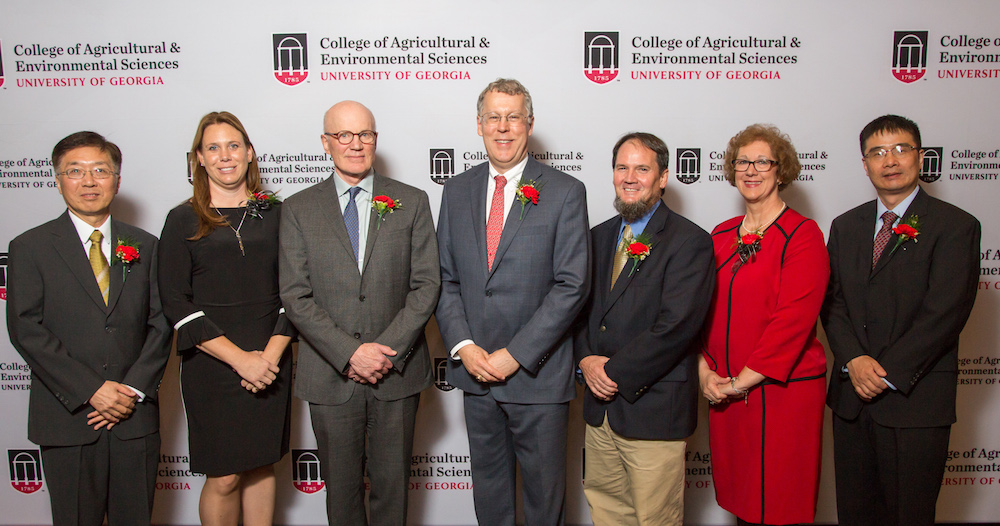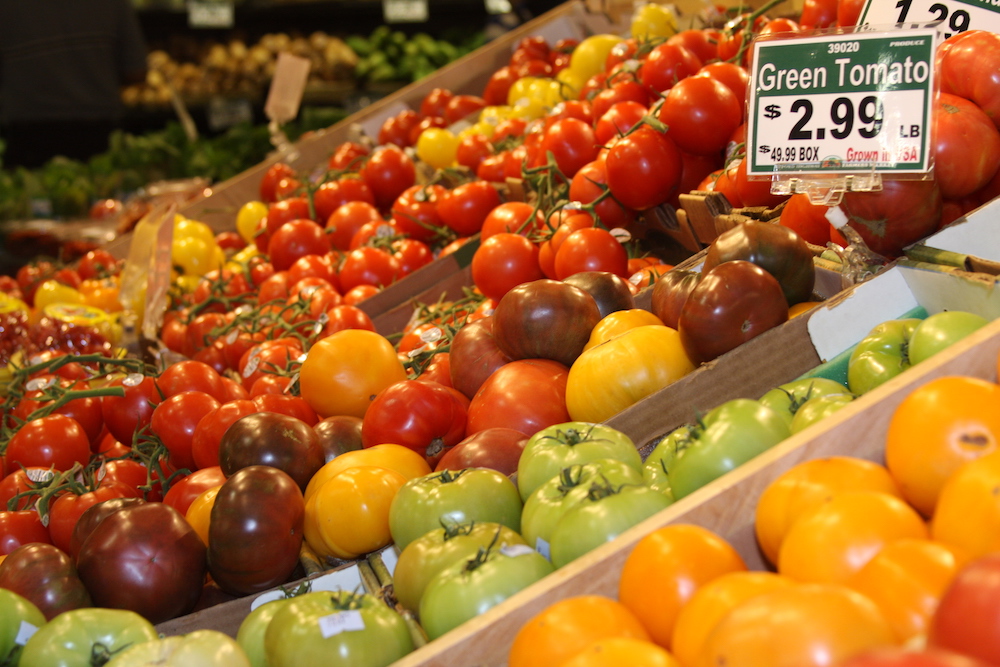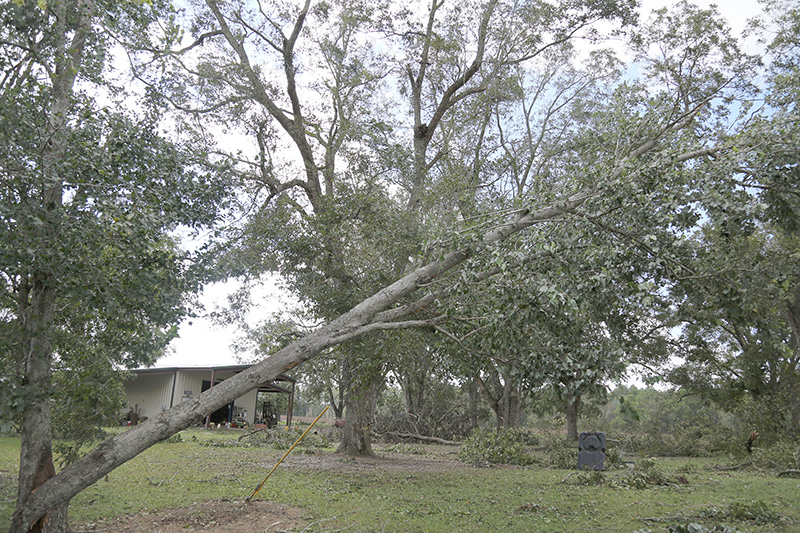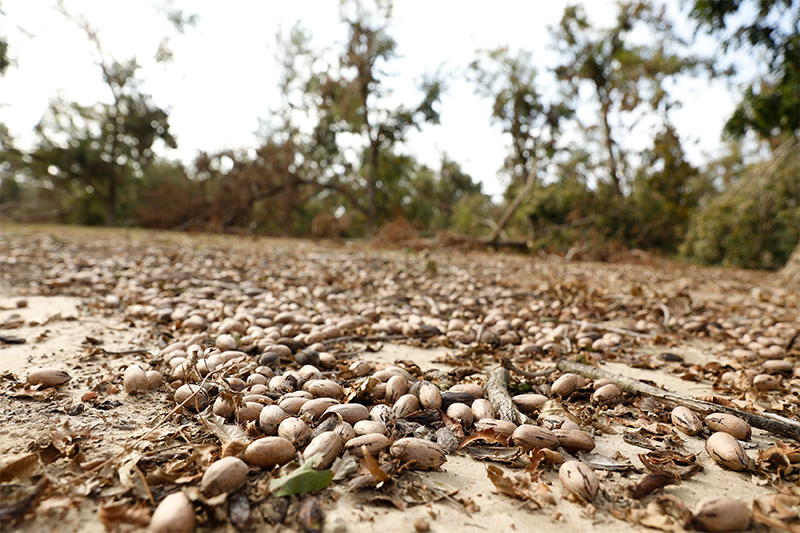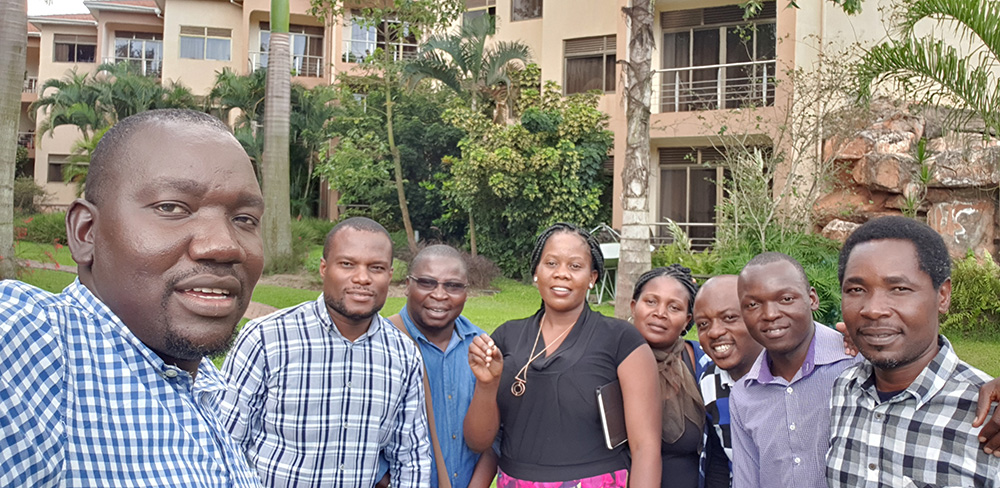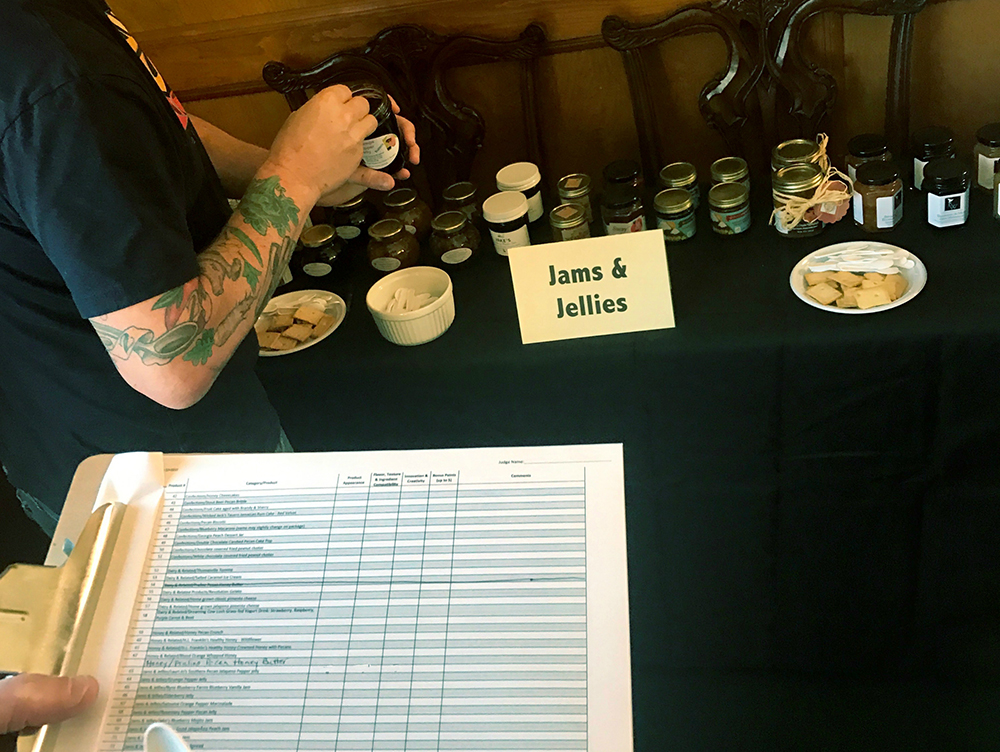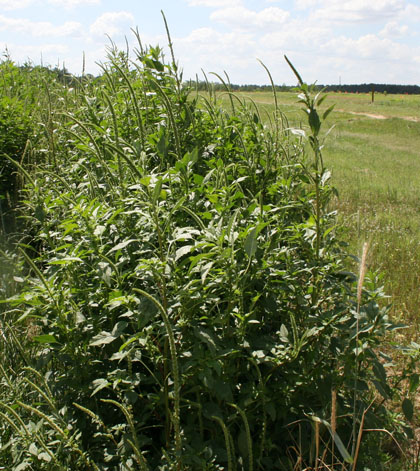 CAES News
CAES News
Palmer Amaranth Management
Georgia farmers scored what many view as a significant victory when the U.S. Environmental Protection Agency extended the registration of the controversial weed killer dicamba for two years. The herbicide can be used for over-the-top weed control in cotton and soybean fields, according to Stanley Culpepper, University of Georgia Cooperative Extension weed specialist.

